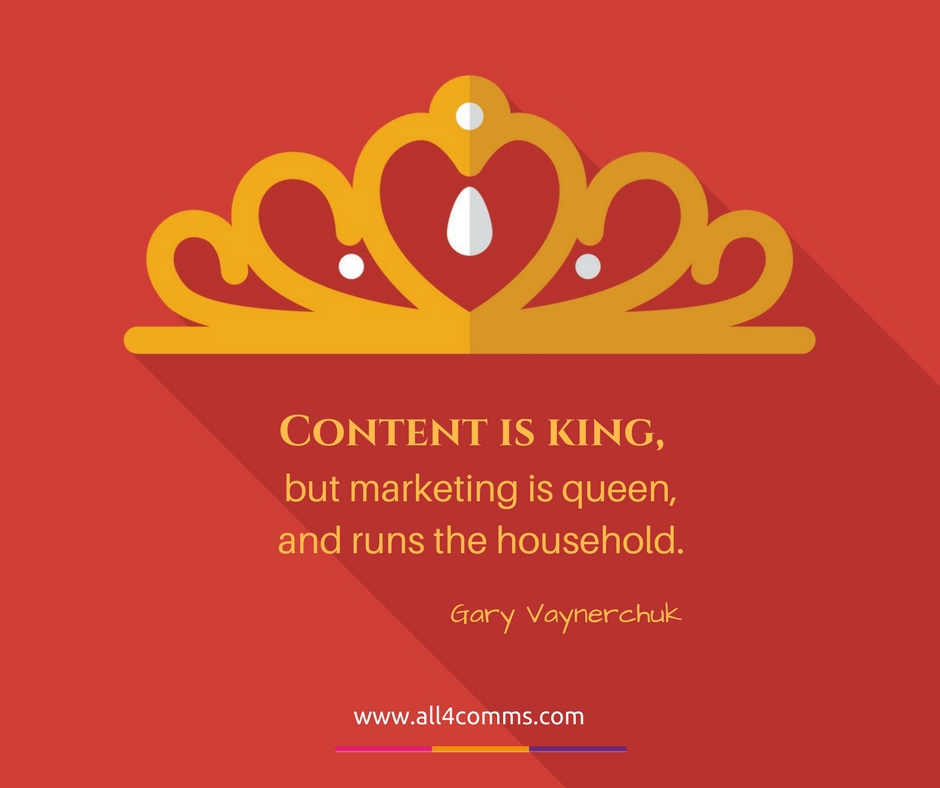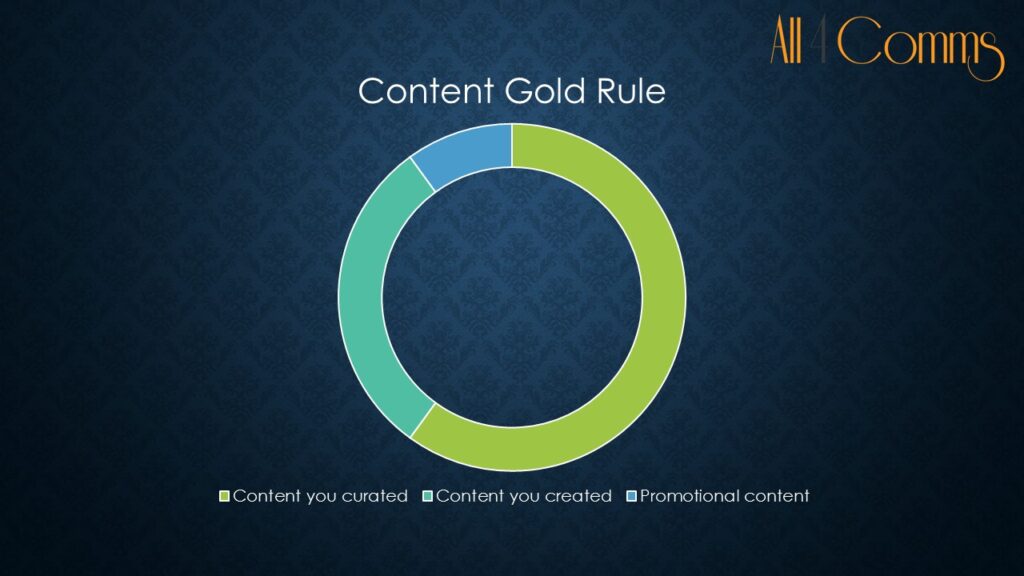We are living on the edge of the information and experience era. Almost everyone has their digital identity, which is demonstrated by social media profiles, websites or even e-mail addresses. A great majority of brands invest in some kind of social exposure and brand identity assets. This is a particularly challenging time for content creators.
We have to shift our attention from preparing objective information about the products, to narrative story telling about the experience, thus involving our audience in emotional engagement. Many of us still struggle to balance on the thin line between informative and engaging content. Here are the biggest content mistakes that all of us have made, at least once.
Lack of understanding of your target audience
The biggest sin of all. If communication specialists do not know their audience, almost all messages are bound to fail; they won’t deliver either value for the audience, or the brand itself. Behind every successful piece of content, there should be good research into your audience’s needs, wants, concerns and values. The more current your insights are, the better the piece of content that can be created. Usually, the solution based content gets more attention than informative, so knowing your audience will result in better communication with them.
Poorly prepared website
Many brands tend to overload their websites with unnecessary information, they are so fascinated in their products that they seem to forget that their website should be an essence of what they do, and be mostly focused on what benefits they are offering their audience. We have to keep in mind that the average time people spend on a website is 8-12 secs. Within this short period of time, they need to find the answer to the core 3 WHY’s: Why does your brand exist (your mission/vision)? Why should they use your product or service? Why are you better than others? And, of course, how they can contact you. Many websites lack their brand story content, their mission and the values they support. People these days are looking for brands that they can identify with, not only for the rational benefits of the product. The “About us” section should include the core statement of the brand, along with an explanation of their offer; a simple story about the brand, and how people are going to benefit from using it. There are also many websites that mostly use visual content. This makes sense only when the brand is easily identified, well established, highly reliant on visual perception, and their visual content is skilfully prepared, the images are not disturbing, do not violate copyrights, and they are of good quality. Otherwise, too many images may actually result in miscommunication and overpower the content without highlighting the core benefits of the brand.
Not being active on Social Media
Poor social media exposure is a mistake most communication managers make. Although most manage to open social media accounts, they don’t manage them well, i.e. post the same content at the same time to all platforms, or provide boring repetitive information. Success lies in diversity and segmenting. Every platform attracts different types of audience, at different times and days. Finding out what is the best time and approach for every social interaction might have a significant impact on the results the communication brings. Repetitive content might work on different platforms but the headers for posts should be tailored according to your audience, following their patterns, interests and concerns. Social media exposure has to be measured somehow to give us some valuable insights that can be used for future planning. Not measuring results leads to a lack of understanding, and therefore, a failure to convert. Worth adding – if you have social accounts, but don’t update them regularly with valuable content, it is better not to have them at all.
Lack of personalisation and easy to relate to stories
Imagine that you have to run a communication campaign for one of the banks targeting an ethnic audience. Unfortunately, the set of press releases they supply is highly irrelevant for the group they try to attract, for example they offer a very expensive pension scheme for immigrants who have just arrived in the country and they support the campaign with an ad consisting of native workers who spend their entire life in one company, have chosen a pension scheme and spend their retirement in Barbados. Does it resonate with your audience? I don’t think so. The audience they wanted to attract lives far from their relatives; has random, odd jobs; all they think about is how to survive in their new, unknown environment; earn some pennies, and perhaps go back to their countries when they retire. Every type of audience has its values and getting to the core of them, allows tailoring the communication strategy accordingly. In In All 4 Comms we always strive for excellence in our content creating process. Our services vary, from press releases to highly personalised interviews or engaging articles for industries like: finance, health & beauty, telecom, government, NGO, technology, law or FMCG.
Copying others
It is not only illegal; it is also a SEO disaster, and the best way to lose trust, credibility and your reader’s attention. Google tends to delete multiple content, so copy & paste can result in your content vanishing. It is also worth remembering the golden ratio content rule – 30/60/10, where 30% stands for percentage of 1st party content such as brand message, 60% for curated content such as supporting evidence, education, stories about others, benefits of your brand, and 10% for call to action, including promo offers.
Visual sins
A very common mistake is not to include any visual content and overload the reader with wording. The text of an article or blog post shouldn’t exceed 1500 words. Some content managers still don’t value visual assets as much as they should. Still, there is a lot of content where the golden rule of placing 1 image per 350 words is not adhered to. Many of us are still resistant to using infographics, which are invaluable assets with great viral potential.
If you want to avoid any of the mistakes mentioned above, do not hesitate to contact one of our Content Specialists at All 4 Comms by simply filling in the contact form: https://all4comms.com/contact/




